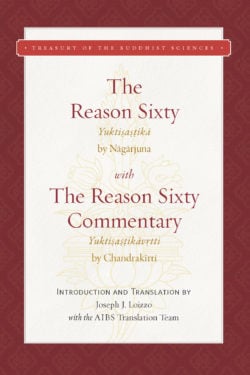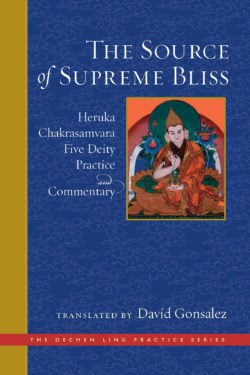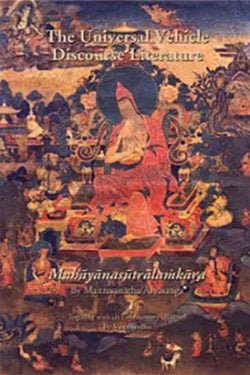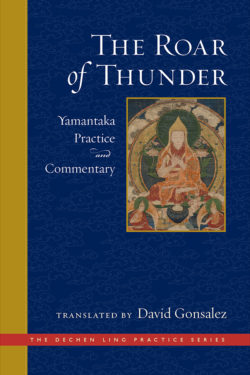David B. Gray is Bernard J. Hanley Professor of Religious Studies at Santa Clara University. He is the author of The Cakrasamvara Tantra (The Discourse of Sri Heruka): A Study and Annotated Translation (AIBS 2007); The Cakrasamvara Tantra (The Discourse of Sri Heruka): Editions of the Sanskrit and Tibetan Texts (AIBS 2009); Tsong Khapa’s Illumination of the Hidden Meaning: Mandala, Mantra, and the Cult of the Yoginis (Chapters 1–24) (AIBS 2015); Tsong Khapa’s Illumination of the Hidden Meaning: Yogic Vows, Conduct, and Ritual Praxis (Chapters 25–51) (AIBS/WP 2019).
Other books by David B. Gray:
Tsongkhapa
Illumination of the Hidden Meaning, Vol. 2
Illumination of the Hidden Meaning, Vol. 1




















